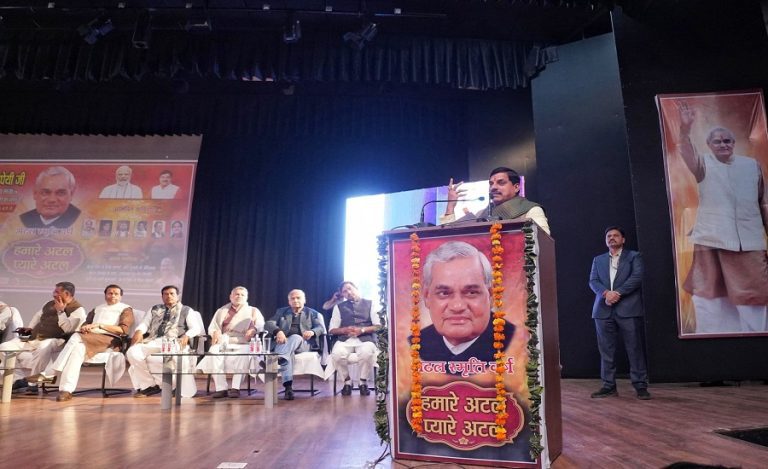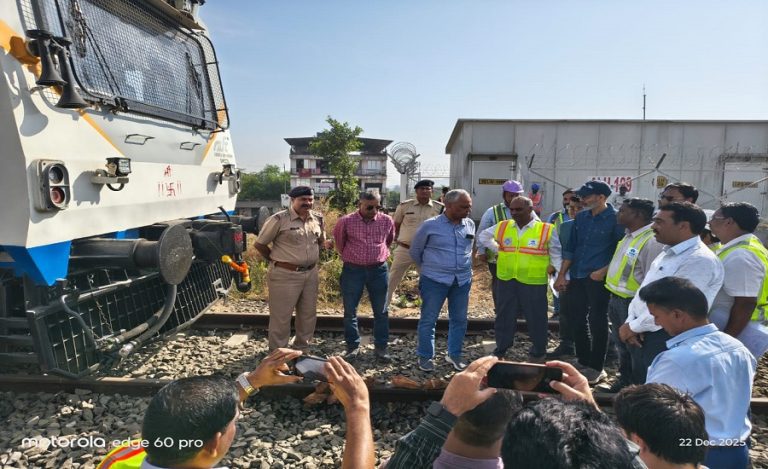New Delhi: In a landmark move, India’s premier scientific research body and its space agency have locked arms. The Council of Scientific and Industrial Research (CSIR) and the Indian Space Research Organisation (ISRO) will jointly host the CSIR–ISRO Space Meet 2025 in Bengaluru on 17 November.
This partnership signals a fresh impetus to accelerate India’s human spaceflight research, microgravity science and next-gen space technologies.
Background of CSIR–ISRO Human Spaceflight Research Collaboration
The initiative comes as India pushes ahead with its ambitious human spaceflight programme and associated technological capabilities. The Ministry of Science & Technology has officially announced the collaboration and event.
The event will gather 150-200 delegates, including scientists, technologists, astronauts and international space experts.
The aim: build stronger linkages between CSIR’s multidisciplinary science strengths and ISRO’s mission-driven space technology needs.
About the Key Institutions & Officers
CSIR: The Council of Scientific and Industrial Research is one of India’s leading research organisations, spanning 37 laboratories across disciplines such as materials, aerodynamics, biotechnology, and more.
ISRO: The Indian Space Research Organisation, India’s national space agency, is responsible for satellite launches, space missions and human spaceflight efforts.
Officers Leading the Initiative:
Dr N. Kalaiselvi — Secretary, Department of Scientific & Industrial Research (DSIR) & Director General, CSIR.
Dr V. Narayanan — Secretary, Department of Space & Chairman, ISRO.
Their leadership underlines the strategic priority given by the Indian government to human spaceflight and related research.
Importance of CSIR–ISRO Human Spaceflight Research
Human Spaceflight Preparedness: With India preparing for crewed missions under the Gaganyaan programme and beyond, integrating research (CSIR) with mission-systems (ISRO) is critical.
Cutting-edge Science & Technology Transfer: Microgravity life-sciences, space medicine, advanced materials (e.g., ceramic metamaterials, microfluidics) – all get a boost.
International Collaboration: The event invites experts from the European Space Agency (ESA), Japan Aerospace Exploration Agency (JAXA) and French Space Agency (CNES).
Strategic Autonomy: These efforts align with India’s goal of self-reliance in space, reducing dependence on external tech and systems.
Spin-off Societal Benefits: Research in space medicine, bioengineering, advanced materials often leads to downstream applications—healthcare, agriculture, materials industries.
Key Challenges Ahead
- Ensuring life-support systems, crew safety, biomedical instrumentation remain top-class is non-trivial.
- Bringing together multiple labs, agencies, disciplines and aligning them with mission schedules is demanding.
- Developing indigenous materials (e.g., microfluidics, corrosion-resistant ceramics) for space conditions is time- and cost-intensive.
- Coordinating with global agencies while protecting national interests will be delicate.
- Bridging the gap between research labs and operational mission systems is always a challenge.
Key Implications
For India’s space dominance: The meeting marks a pivotal step toward operationalising human spaceflight and positioning India as a mature space-faring nation.
For science & industry: Companies and research institutes in materials, biotech, instrumentation will have new opportunities and demand.
For global collaboration: India is signalling readiness to play a larger role in multinational space efforts, not just as participant but collaborator.
For education and talent: Young scientists and engineers will see expanded domains (space medicine, microgravity biology) to specialise in.
For economy and innovation: Spin-off technologies can enhance India’s innovation ecosystem, create jobs, and contribute to “Viksit Bharat” goals.
Way Forward
- Post-meet, CSIR and ISRO must publish a joint R&D roadmap with timelines, deliverables and accountability.
- Focus on life-support systems, materials for human missions, space-food & plant growth – as highlighted.
- Leverage ESA, JAXA, CNES contributions while building domestic capabilities.
- Encourage start-ups, university labs and industry to come into the fold of mission-oriented research.
- Regular updates and transparency will keep momentum, public interest and accountability high.
- Emphasis must shift from research to deployable systems for upcoming human missions.



























